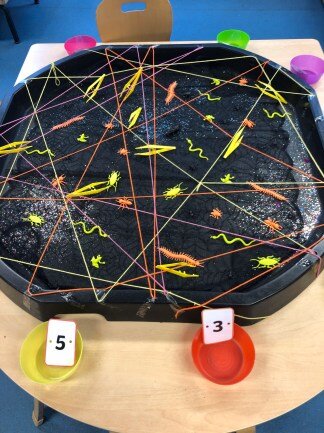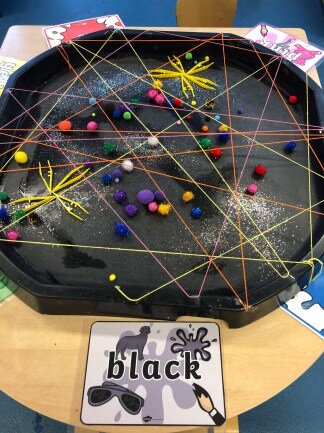Things EYFS Practitioners Want You To Know: Being Physical
Part One be found here
Part Two can be found here
Physical Literacy
An important part of the EYFS is purposeful play through physical means. Children are encouraged to be physically literate and should be encouraged to access situations where they are able to manage risk via energetic play.
The International Physical Literacy Association describes Physical Literacy as:
“the motivation, confidence, physical competence, knowledge and understanding to value and take responsibility for engagement and physical activities for life.”
Simply, instead of children recognising letters and sounds as they would in literacy terms (which ultimately leads to reading development); children instead build up a bank of movement. This starts first with learning simple actions which then progress into how those actions relate to each other leading to the creation of a vocabulary bank of movement and development of their own physicality.
This is another form of purposeful play which is explained in more detail in a previous blog. Engaging in physical activity via purposeful play provides opportunities for children to access activities that stimulate physical learning and enhances capabilities so that children become more confident movers, both gross and fine.
Primacy of Movement
Toddlers and young children take part in all manner of physical movements as they learn to navigate the world. These movements allow them to explore both their own movement possibilities and how objects in the world respond to them. This exploration is a key aspect of their physical development. The urge to move is natural and is something EY practitioners seek to develop in children in order to encourage independence and increasing control of physical movement and navigation. It is in these initial navigations and movements that we see the roots of communication begin to take place. It is gestures and signing to convey meaning to those around you, it is the beginning of mark making, it is making sense of the world through what we touch, see and do.
Take the above image. At first glance it looks like happy babies lying on their tummies. However, there is so much physical development happening in that position! The back and neck muscles are active, both the arms and core are being strengthened, the position allows for a wider range of the visual field. This early movement is a key part of physical development and will play a part in later skills such as handwriting.
Physical Development
Physical Development is one of the Prime Areas within the EYFS (for more information see previous blog) and is used to develop and assess movement, handling and understanding of a child’s own body. It can be argued that is one of the most important aspects of the framework as it fundamentally links to all other areas of learning.
As adults it is second nature for us to navigate busy crowds or hold multiple objects whilst doing so. These skills however, have to be learnt by little children who are constantly navigating the world and building upon essential gross motor skills such as walking, balancing and maneuvering.
Throughout the EYFS they also develop their fine motor skills. Simply, this is using small muscles when moving in a coordinated way in conjunction with the eyes. It is picking up a fiddly object, playing with small items such as lego, eventually picking up a pencil or scissors.
From an early age children generally begin to feel more confident in their bodies when it comes to gross motor skills. They want to run and jump. As they develop these skills EY practitioners re also providing opportunities for them to also develop their fine motor through provision opportunities as can be seen in the images below.
It is important to see the development and learning of both fine and gross motor as sequential. Much work happens before children are able to pick up a pencil in the tripod grip and begin to form letters. Children may begin by using gross motor to create large shapes in the air with their hands. They may use their bodies to make different shapes. They could create letters using their fingers in sand or foam. Their fine motor is continuously developed through a variety of activities such as peg boards, tweezers (as in the images above), weaving, cooking skills such as chopping, using clay, cutting, tracing. All of this happens before and alongside a child physically writing and is fundamental to their development in this area! This is a quick overview however and early writing will be explored in more detail in an upcoming blog.



